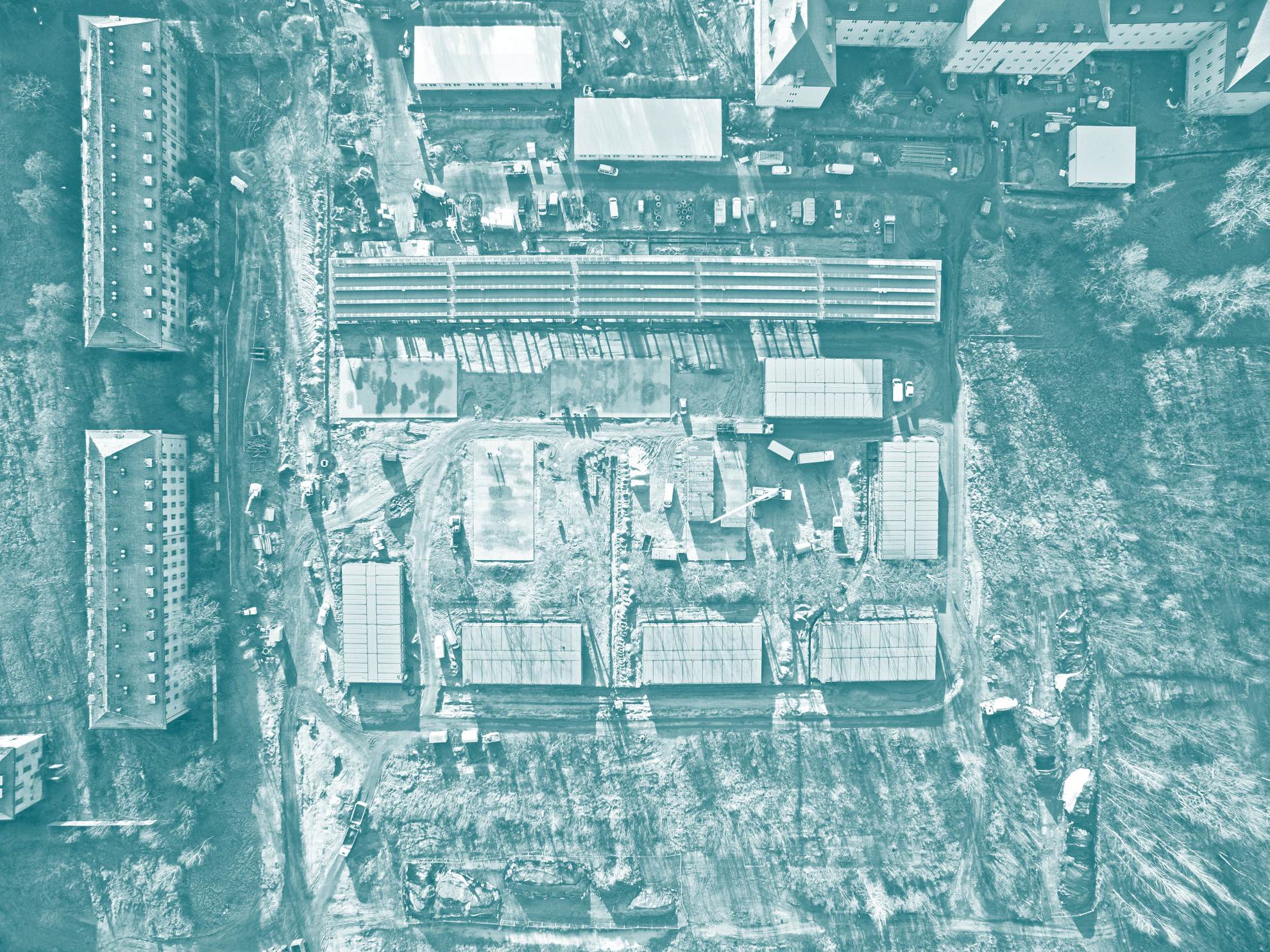18 June 2021 14:00 Post/Colonial Place-Making
Alternate Currents: St James Power Station, Singapore
Tilman Frasch (Manchester Metropolitan University)
The life and afterlife of historical buildings depend on various qualities inherent to them. These include architectural features from building materials to design and workmanship, the socio-political significance attributed to the buildings, and not least the functional and practical services they provide to people past and present. For the modern re-use of buildings both as preserved monuments and as conversions, feasibilities and functionalities will usually come into consideration as well. But it has to be noted that the order of criteria listed above appears to be hierarchical, giving preference to monuments that stand out for their material and symbolic importance over those that are considered merely “functional”. A case in point are those “ugly duckling”-type of public buildings whose functioning is universally expected whilst their very existence, including their location, remains in the shadow of public perception. Water works and power stations are typical examples of such monuments, illustrated here in the case of Singapore’s first municipal power station at Cape St James.
The construction of the power station was the result of a fraught relationship between Singapore’s Municipal Board and the Singapore Electric Tramways Co., which had won the contract to provide electricity to the city and run its tramway system. After WW1, the municipality practically forced the company into liquidation, while swiftly setting up the municipality’s own power station at St James to safeguard the city’s continued supply with electricity. Inaugurated in 1927, the St James power station continued to generate electricity for almost exactly 50 years, until its operation was no longer commercially viable. Neglected for more than a decade, the huge building was converted first into a warehouse and then an entertainment hub, but again ran into trouble some years ago. The building is now destined to become the global headquarters for the Dyson company.
The paper will use the St James power station as an example to illustrate the case of a colonial monument that has been semi-invisible for most of its existence, and has therefore created little to no heritage value in its own right. This gives the building a peculiar place in a city that has for decades sacrificed its colonial architecture for the sake of modernity and now has to pay attention to those parts of its architectural legacy that are still there, even though their material or symbolic value appears to be of lesser importance.
Tilman Frasch is Reader in Asian History at Manchester Metropolitan University. He studied South Asian History, European History and Indian Languages at Heidelberg University, from which he received a doctorate with a thesis on the city and state of Bagan (Myanmar) in 1995. His research areas include pre-modern South and Southeast Asian history, Buddhist studies, urban history, and history of technology with a focus on the history of Myanmar. His publications in the field of the history of (colonial) urban history and technology include: “Kolonisierte Metropolen. Zur Sozio-Topographie urbanen Wandels unter kolonialen Vorzeichen”, themed issue of Periplus. Jahrbuch für Außereuropäische Geschichte 6, 1996, 131 pp. (ed. together with Andreas Eckert); “‘Empowering the City’: Indische Städte und Elektrizität, ca. 1880–1920”, in Ravi Ahuja/Christiane Brosius (eds.), Megastädte in Indien, Heidelberg: Draupadi, 2005, p. 35–46; and “Tracks in the City: Electricity and Mobility in Singapore and Rangoon, c. 1900–1930s”, Modern Asian Studies 46 (1) 2012, p. 97–118.
